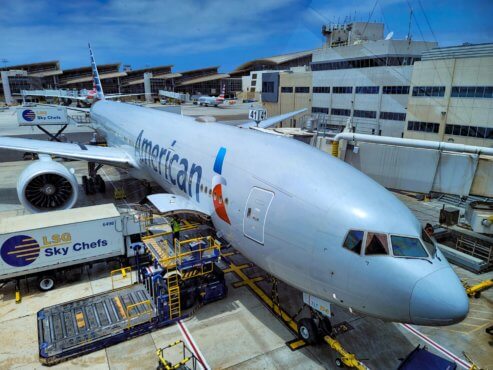Last Update:
The launch of Landsat 9 set a few milestones. It is the 50th anniversary of the Landsat program, which started in 1972. Yes, if you do the math, we are actually one year short, but what’s one year. At 49 you round up, just don’t tell that to your wife. 😉 Besides that, it was the 2000th launch at Vandenberg Space Force Base, formerly known as Vandenberg Air Force Base and the 300th launch of an Atlas rocket. For ULA it was the 145th launch that continued the 100% mission success rate. This was also the first four-burn Centaur mission for ULA on an Atlas V rocket. The first burn placed the Landsat spacecraft into the desired near-polar, sun-synchronous orbit, the second and third firings of the Centaur upper stage served to lower the orbital altitude and slightly change the orbital inclination to release the four CubeSats. A fourth and final burn by the Centaur’s cryogenic main engine executed the deorbit maneuver to dispose of the stage in a safe manner that does not contribute to space debris or cause an uncontrolled re-entry.

Landsat History
The first Landsat satellite was originally known as Earth Resources Technology Satellite ERTS-A. Upon reaching Orbit it was renamed ERTS-1. Eight days before the launch of ERTS-B, both satellites were renamed to Landsat 1 and Landsat 2 respectively. Landsat 1 was the first-ever satellite with the sole purpose of studying and monitoring the planet. Over the years, additional Landsat satellites were launched to replace aging satellites and offer better technologies to fulfill their mission. The Landsat 9 satellite will replace Landsat 7, which was launched in 1999.
Believe it or not, but every single Landsat satellite was launched from Vandenberg.
The Landsat program is a joint program of NASA and the U.S. Geological Survey (USGS). USGS operates the satellite and the mission data archive.
After Landsat 9 is nominally fulfilling its mission and acquiring science mission data, Landsat 7 will lower its orbit to prepare for NASA’s On-Orbit Servicing, Assembly, and Manufacturing-1 (OSAM-1) mission. This servicing mission, the first of its kind in low Earth orbit, will provide Landsat 7 with the needed fuel for a successful decommissioning.
Launch Details
• Rocket: Atlas V 401
• Mission: Landsat 9
• Launch Date: Monday, September 27, 2021
• Launch Time (Forecast): 11:12 a.m. PDT;
• Launch Time (Actual): 11:12 a.m. PDT
• Launch Location: Space Launch Complex-3 at Vandenberg Space Force Base, California
Originally, the launch was scheduled for early September but had to be postponed twice. Mainly because of the pandemic. The higher demand for liquid oxygen has limited the delivery of needed liquid nitrogen. Liquid nitrogen is essential for launch vehicle testing and countdown sequences. (NASA News Release)

Mission Details & Payload

Landsat 9 is encapsulated in the 14 ft (4m) diameter extra extended payload fairing (XEPF). The spacecraft sits on the Centaur second stage which is powered by an RL10C-1 engine.
The booster will lift the Centaur second stage and spacecraft into space. The RD-180 engine of the booster burns RP-1, which is short for Rocket Propellant-1 (highly purified kerosene) and liquid oxygen. This will deliver a thrust of 860,200 lbs (3.83. mega-Newtons) of thrust at sea level.
What often gets forgotten to mention, for this launch, is the Landsat 9 ESPA Flight System (EFS). It sits below the Landsat 9 spacecraft and will deliver multiple CubeSat satellites after the separation of the Landsat 9 spacecraft. With the EFS, the U.S. Space Force wants to demonstrate the capability of integrating and delivering secondary payloads to orbit on an adapter ring. Four multi/manifest satellites, sponsored by the Defense Innovation Unit, Air Force Research Laboratory, Missile Defense Agency and NASA, will be deployed during this launch.

Gallery
Unfortunately, the fog on launch day didn’t clear as much as we all hoped. It cleared a little bit before it got worse again just during the launch window opening. Neither the viewing site nor the remote cameras got perfect shots, as the fog obstructed the view. But still better than certain other launches here at Vandenberg. I am thinking about RADARSAT, nobody got pictures of that one as the fog was just too dense.
View this post on Instagram

Peter has a passion for Traveling, Photography, and Geocaching. These are the best ingredients for amazing adventures all over the globe. “Traveling is fun, no matter if you stay in a luxury hotel or travel like a backpacker.” Peter shares his experiences on his Blog www.gatetoadventures.com
Some of Peter’s photos are published on corporate websites, in-flight magazines, travel guides, and much more.



